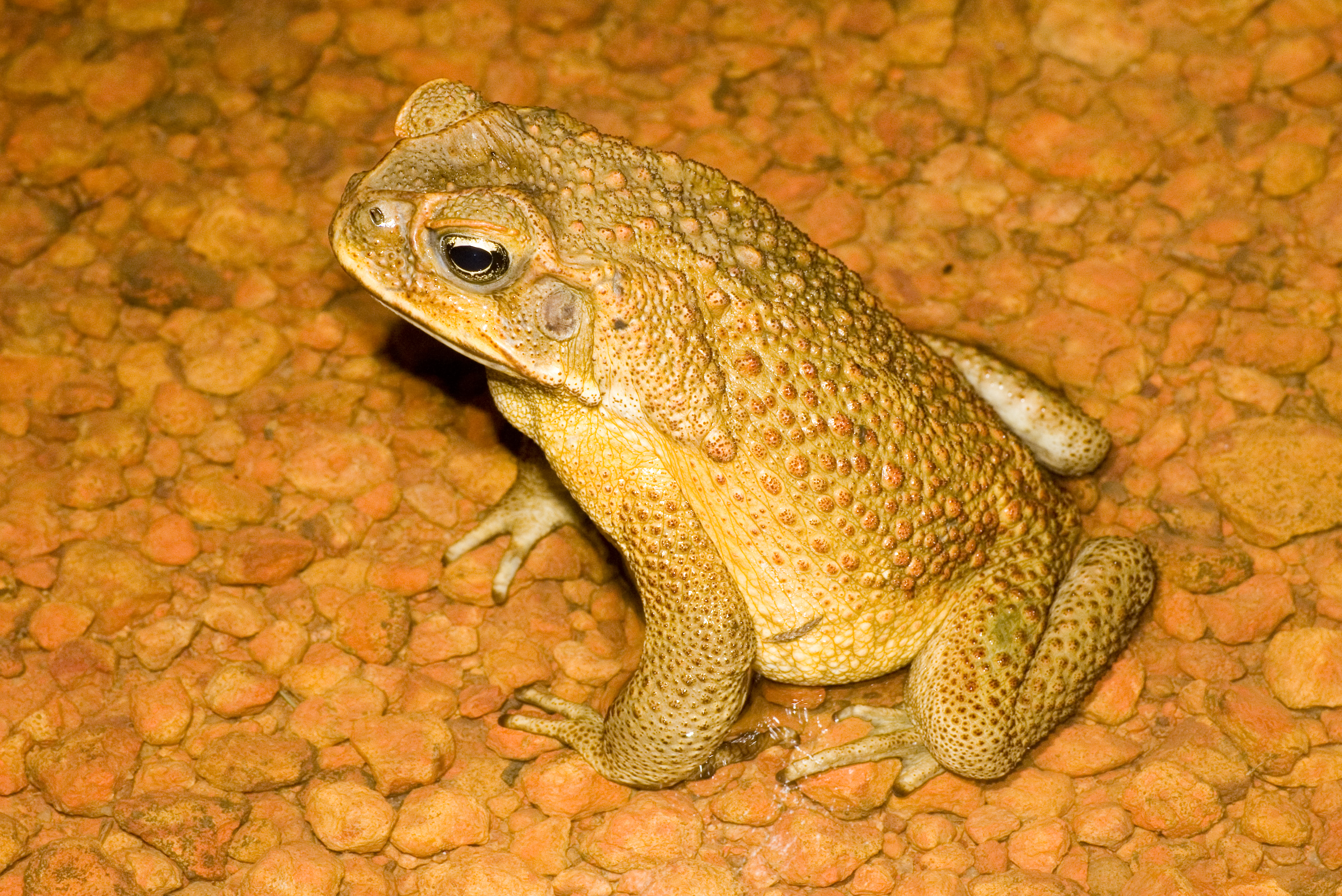Media Release
From: The University of SydneyUnderstanding the dynamics of cane toad dispersal is vital information for scientists helping native animals survive the spread of the poisonous invasive species.
Previous work into the reproduction of cane toads in northern Australia has documented low reproductive frequencies among females at the invasion front.
Now we know, at least in part, why.
“It turns out that male cane toads are more interested in dispersal than sex at the invasion front,” said Professor Rick Shine, an emeritus professor in the School of Life and Environmental Sciences, who also holds a position at Macquarie University.
This lack of interest means that over a relatively short period in evolutionary terms (about 85 years), the testes of male cane toads are much smaller at the edge of the species’ territory.
Writing today in Biology Letters of the Royal Society, Professor Shine and colleague Dr Chris Friesen from the University of Wollongong, describe how toad testes on the invasion front are about 30 percent smaller than those of male toads in the core of the species’ range.
“A pioneer cane toad, out at the edge of the invasion, is boldly going where no toad has gone before – and as a result, he isn’t likely to meet many other toads out there,” Professor Shine said.
“So, when it comes time to breed, he will probably be the only male in the pond when a female comes along. Because his sperm won’t have to compete with those of other males, the pioneer male can afford to invest a bit less in making sperm, and a bit more into travelling faster and farther, to stay at the invasion front.”
The evolutionary pressures in areas long-settled by the species mean that competition to breed is much more intense. The study, which looked at 241 adult males from three sites (one in the core region and two on the expansion front), found that mass of the toad testes in core regions was about 30 percent higher as a proportion of total body mass.
Professor Shine said: “For a male cane toad in a long-colonised area, competition with the other boys is intense and there’s no benefit to extensive travel. So, a male in such a population produces a lot more sperm, to better win the sperm wars that erupt as a female lays her eggs.”
The cane toad was introduced into Australia’s cane fields in 1935 in an attempt to control the native grey-backed cane beetle. Since then the species has spread across northern Australia where it has become a deadly threat to native predators, such as the monitor lizard and northern quoll.
Professor Shine and his research teams have been working to assist native animals survive the cane toad invasion. In 2016 he was awarded the Prime Minister’s Prize for Science in recognition of his work.





